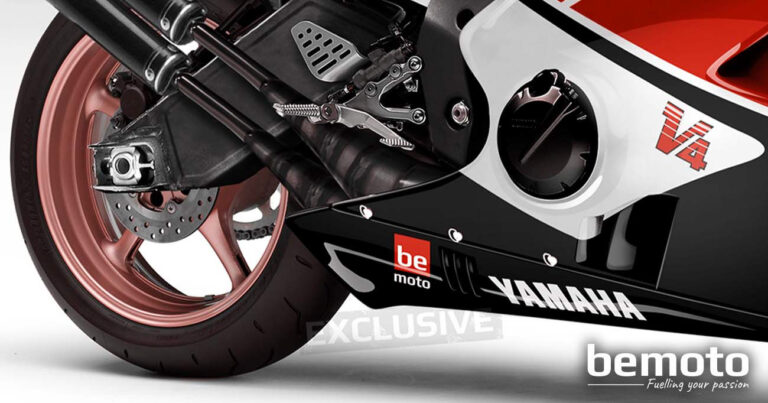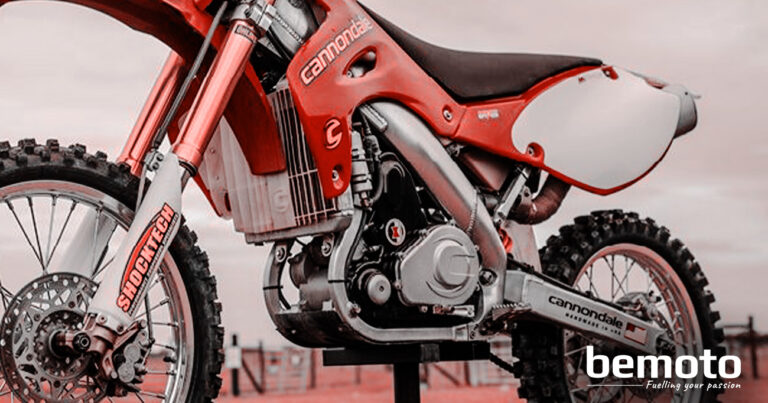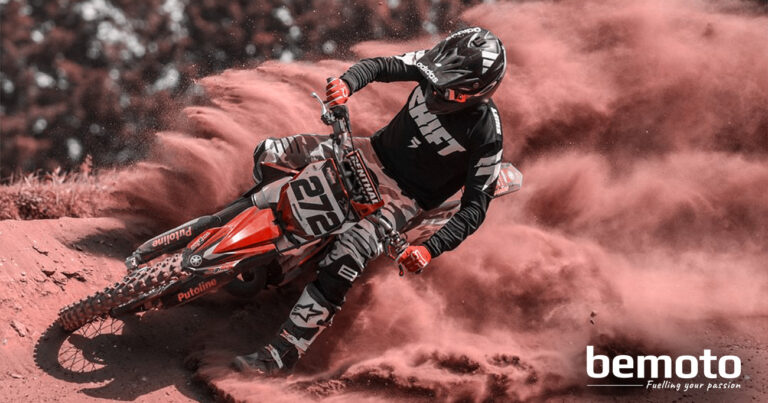
Yamaha RD500 2016 Concept
Step back to the golden age of two-strokes with the Yamaha RD500 2016 Concept – a modern tribute to one of the most iconic strokers of all time. With cutting-edge
The Pit Stop » Reviews
Get the lowdown on the latest bikes, must-have gear, and road-tested accessories. Our reviews are written by riders, for riders, no fluff, just honest insights on what works, what’s worth it, and what’s not.
Share this page:

Step back to the golden age of two-strokes with the Yamaha RD500 2016 Concept – a modern tribute to one of the most iconic strokers of all time. With cutting-edge

The Suzuki GSX-R750 SRAD is a true modern classic, known for its lightweight frame, high-revving engine, and race-inspired design. Discover why this legendary machine is still a favourite among riders,

The 2001 Cannondale MX400 was hailed as a revolutionary motocross bike but quickly earned a reputation for its numerous flaws. From unreliable fuel injection and electric start systems to complex

Discover the legendary machines that have shaped motocross history in BeMoto’s “Top 10 best motocross bikes of all time.” From the game-changing Yamaha YZ400F, which ushered in the four-stroke era,
Van Insurance
Travel Insurance
Laid Up Insurance
Track Day Damage Insurance
Gap Insurance
BeMoto is a trading name of Moto Broking Limited registered in England and Wales, company number 09676058. Registered office: First Floor 15-27, Cowgate, Peterborough, PE1 1LZ. Moto Broking Limited is authorised and regulated by the Financial Conduct Authority (FCA registration number 715903). Calls may be recorded for our joint protection and training purposes.